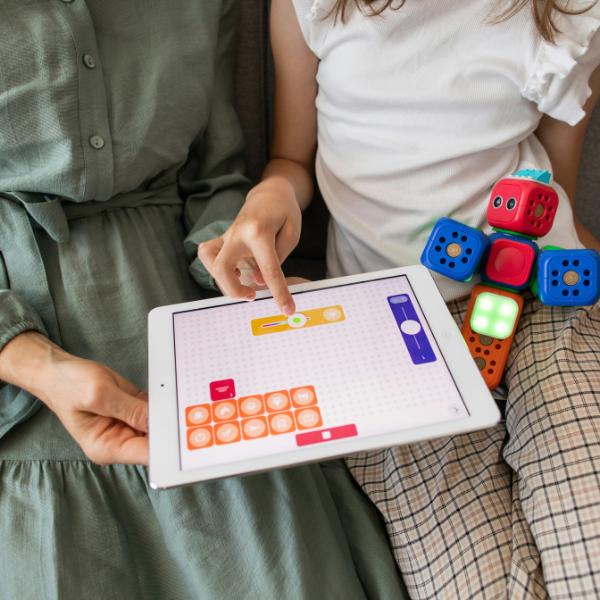The pervasive presence of screens in every aspect of daily life has left many parents concerned about the potential negative impacts on their children. In fact, according to a poll conducted by the University of Michigan Health C.S Mott Children's Hospital, two-thirds of parents with children aged 0 to 18 are worried about increased time on devices, social media use, and internet safety. This growing concern has led parents to actively seek solutions to minimize unnecessary screen time and safeguard their children's well-being.
For example, many parents are opting for alternatives like the TickTalk 5 instead of giving their children smartphones. This smartwatch combines voice and video calling, messaging, and more, allowing kids to stay connected without a cell phone.
However, despite technological solutions like this, some issues, particularly regarding screen time's impact on children's eye health, persist.
The consequences of too much screen time for kids
The widespread and prolonged use of screens among children has been associated with soaring rates of myopia (nearsightedness) worldwide. Myopia causes near objects to seem distinct while distant objects appear fuzzy, requiring the use of glasses or contact lenses to see better. Experts state that this happens when light rays incorrectly bend due to the shape of the eye or specific parts of the eye. Myopia can eventually result in cataracts or blindness if it is not treated with necessary vision correction tools.
Furthermore, it's not uncommon for individuals to experience myopia during childhood, adolescence, and adulthood and then develop presbyopia later in life. Presbyopia is a condition where the eyes gradually lose the ability to see things clearly up close. It is typically addressed with reading glasses, which can help correct vision impairment by magnifying close objects. As demonstrated by Readers' wide selection of lens powers, reading glasses have a lower power than typical prescription glasses. Most people use reading glasses between +1.00 and +3.75 diopters in strength, but this may increase with age. Fortunately, there are tools that parents can use to manage and minimize kids' screen time to avoid eye health issues.
Tools for managing and monitoring screen time
One valuable resource for parents is screen time monitoring apps. These apps allow parents to track and limit the amount of time their children spend on devices. Plano, for instance, is a science-based parental control app that helps parents manage screen time, internet safety, and eye health. The app, which has both a free and paid version available on Android and iOS, offers tools like eye break reminders, face-to-screen distance, low light detection, device use and myopia reports, and posture monitoring. Studies have shown that using parental control apps not only helps in managing screen time but also promotes better eye health by encouraging breaks and reducing prolonged exposure.
Smartphone alternatives
As previously mentioned, the TickTalk 5 smartwatch offers a practical alternative to traditional smartphones for young children. This smartwatch provides essential communication features such as calling, messaging, and GPS tracking, all without the distractions of a typical smartphone. By choosing such alternatives, parents can ensure their children remain connected while minimizing exposure to screens and the internet.
Managing and monitoring children's screen time is crucial for their eye health and overall development. With tools like monitoring apps and TickTalk 5, parents can strike a balance between allowing their children to enjoy the benefits of technology while protecting them from its potential harms. By taking a proactive approach and utilizing these tools, parents can foster healthier digital habits and safeguard their kid's well-being.
Article written by Rosy Johns



Share:
TickTalk 5 is now officially available!
🏆 TickTalk 5 Awarded Best Products for Elementary Kids by Parents' Pick Awards! 🏆